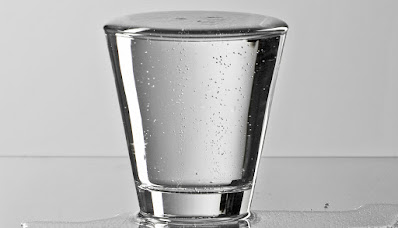TECH PRINTS SENSORS RIGHT ONTO HUMAN SKIN
Wearable sensing units are developing from views and electrodes to bendable devices that provide much more precise biometric dimensions and convenience for users.
"In this article, we record a simple yet widely appropriate construction method with the use an unique sintering aid layer to enable direct publishing for on-body sensing units," says Ling Zhang, a scientist in the Harbin Institute of Technology in China and in Huanyu "Larry" Cheng's lab in the Penn Specify design scientific research and auto technicians division. Zhang wases initially writer of the study, released in ACS Used Products & User interfaces.
kebanggaan emil auderoLOWERING THE TEMPERATURE FOR WEARABLE SENSORS
The scientists formerly developed versatile published circuit boards for use in wearable sensing units, but the bonding process for the metal elements in the sensing unit has hindered publishing straight on skin. Called sintering, this process typically requires temperature levels of about 572 levels Fahrenheit (300 levels Celsius) to bond the sensor's silver nanoparticles with each other.
"The skin surface cannot endure such a heat, certainly," Cheng says. "To navigate this restriction, we suggested a sintering aid layer—something that would certainly not hurt the skin and could help the material sinter with each other at a reduced temperature level."
By including a nanoparticle to the blend, the silver bits sinter at a reduced temperature level of about 212 F (100 C).
"That can be used to publish sensing units on clothes and paper, which works, but it is still greater compared to we can stand at skin temperature level," Cheng says, that kept in mind that about 104 F (40 C) could still shed skin cells. "We changed the formula of the aid layer, changed the publishing material, and found that we could sinter at room temperature level."
The room temperature level sintering aid layer is composed of polyvinyl alcohol paste—the main component in peelable face masks—and calcium carbonate—which makes up eggshells. The layer decreases publishing surface roughness and enables an ultrathin layer of steel patterns that can flex and fold while preserving electromechanical abilities. When the sensing unit is published, the scientists use an air blower, such as a hair clothes dryer set on cool, to remove the sprinkle that's used as a solvent in the ink.
"The result is extensive," Cheng says. "We do not need to depend on heat to sinter."
ON-BODY SENSORS FOR HEALTH MONITORING
The sensing units can exactly and continuously catching temperature level, moisture, blood oxygen degrees, and heart efficiency indicates, inning accordance with Cheng.
The scientists also connected the on-body sensing units right into a connect with cordless transmission abilities to monitor the mix of indicates as they progress.


